1. Colgate
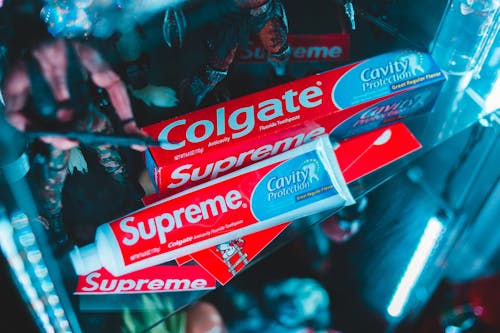
Colgate became a household name by promising and delivering consistent oral care, the kind of everyday trust you feel for products used by everyone in the family. Toothpaste is a ritual twice a day, and families tend to pick a brand they believe is safe and effective for kids and adults alike. Colgate’s long-standing position in the market made it a default for generations who wanted a no-surprise solution for dental hygiene. Seeing the same brand in the bathroom for decades reinforces a feeling of continuity.
The brand’s investments in consumer education and pediatric formulations strengthened that parent-level trust. When caregivers choose a toothpaste for the kids, familiarity and perceived safety are major factors. Colgate’s reputation for mainstream oral-care products made it easy to slot into family routines. Over time, that repeated everyday use builds a sense of loyalty that resembles familial trust.
2. Campbell’s Soup
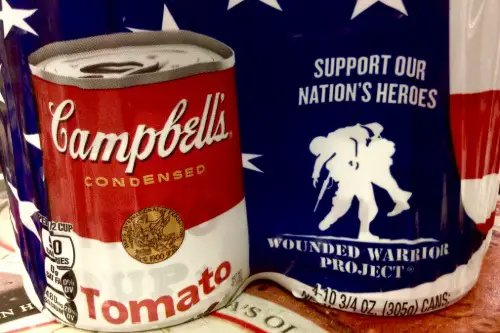
Campbell’s red-and-white can is shorthand for the kind of simple comfort people serve when they want to feel at home. A bowl of chicken noodle or tomato soup quickly became associated with care during illness, cold nights, and rushed weeknights. The brand’s long-running ad campaigns made that emotional connection explicit, turning a pantry staple into a memory anchor. For many, Campbell’s is a culinary hug from childhood.
Reliability and affordability are the practical reasons families trusted it generation to generation. During hard times—economic downturns or postwar transitions—Campbell’s was a steady, inexpensive option that still felt special. That dependability made it part of the ritual of taking care, especially when someone was sick. The company’s place in family stories—grandparents, parents, kids—keeps it feeling like one of the household.
3. Levi’s
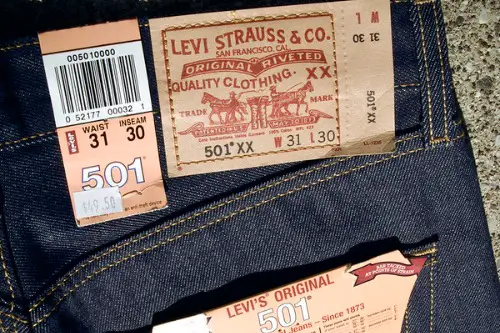
Levi’s jeans grew up with America: workwear turned cultural icon, and that trajectory made the brand feel like a reliable family member. People bought Levi’s expecting durability and honest design, and those jeans often lasted long enough to be handed down. The brand’s image of ruggedness and authenticity connected to family stories about work, rebellion, and milestones. Wearing Levi’s became a small ritual that tied generations together.
Trust in Levi’s came from functionality and cultural persistence rather than flashy promises. When a brand consistently delivers a product that endures, people treat it like something they can rely on in real life. That practical confidence made Levi’s a staple in closets across the country. For many families, Levi’s is the brand you reach for when you want comfort, not fashion theater.
4. Hershey’s
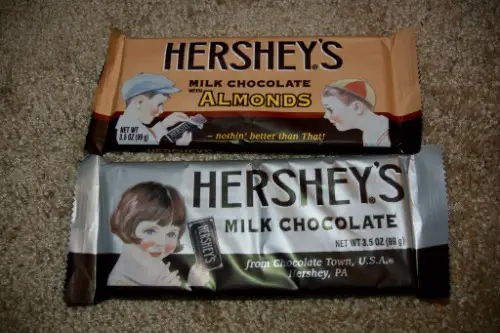
Hershey’s chocolate arrived in thousands of childhood moments—lunchboxes, trick-or-treat hauls, and s’mores by the campfire—so the brand developed a warm, familial feel. The product was affordable and widely available, which meant it showed up in everyday celebrations rather than being reserved for special occasions. Milton Hershey’s story of building a community around the company added a wholesome layer that people liked to tell. That narrative helped chocolate become part of family rituals.
People trusted Hershey’s because it symbolized small shared pleasures and approachable treats. When families wanted to create memory-making moments—movie nights, birthdays, baking—Hershey’s was the predictable, comforting choice. That reliability in joyful, low-stakes times is a strong glue for brand loyalty. For many households, Hershey’s is the chocolate they grew up with and keep buying.
5. Coca-Cola
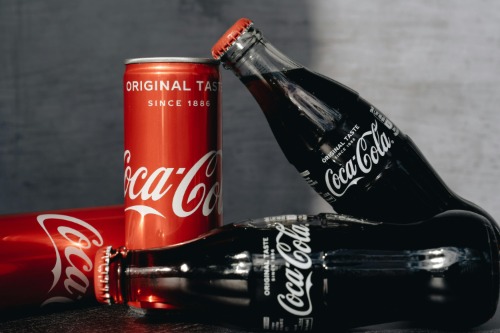
Coca-Cola’s marketing genius made the brand a recurring presence at family gatherings, holidays, and neighborhood barbecues, turning a soda into a cultural companion. The brand’s imagery—holidays, polar bears, red cans—helped slot Coca-Cola into seasonal rituals and everyday treats alike. People came to associate the taste and the logo with shared moments and nostalgia. It’s the kind of product that shows up in photos and memories, reinforcing trust.
Beyond sentiment, Coca-Cola’s ubiquity and consistent flavor profile made it a reliable choice for hosts and kids alike. When you want something everyone will drink and recognize, you reach for Coke. That everyday predictability creates an implicit promise that the brand rarely breaks. Families tend to keep buying what works for shared moments, and Coca-Cola fits that bill.
6. Procter & Gamble

Procter & Gamble is behind many of the routine items that make households run—think cleaning, laundry, and personal care—so the company’s brands quietly became part of family life. You might not name P&G first, but its portfolio includes products parents trust to keep the house and people clean and comfortable. That behind-the-scenes presence built a different kind of intimacy: practical, habitual, and reliable. People learned to rely on those products because they showed up every week at the grocery store.
The company’s focus on R&D and broad distribution helped create consistent product experiences across generations. When a brand works similarly today as it did when your parents used it, trust grows almost automatically. For many consumers, P&G brands are the unsung members of the household, solving small problems day after day. That steady utility is a powerful form of brand intimacy.
7. Ford

For many American families, Ford vehicles have signaled reliability and a certain practical pride—one car that does the commute, the road trip, and the family errand list. The brand’s long history in U.S. manufacturing and its focus on durable trucks and sedans made it a common choice for households wanting long-term value. Many families have stories about a Ford that lasted years or was passed down between relatives. Those shared ownership narratives create emotional ties that go beyond an appliance’s function.
Trust in Ford often reflects broader cultural associations: toughness, utility, and blue-collar roots. People who grew up with a Ford in the driveway tend to carry that loyalty into adulthood. The brand’s visible presence in suburban and rural life cements its role as a dependable family asset. That combination of practicality and shared memory keeps Ford in the “family brand” category for many Americans.
8. Johnson & Johnson
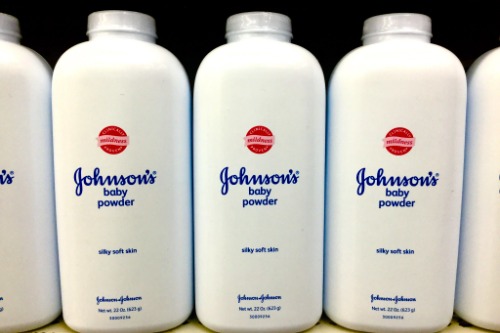
For generations, Johnson & Johnson has felt like a family trusted to care for the smallest and most vulnerable members of the household. Parents reached for its baby products, bandages, and antiseptics because the brand marketed gentleness and safety as core promises. That familiarity—seeing the same little white-and-red packaging on the bathroom shelf—built an emotional shorthand that read “care.” It’s the kind of brand people kept in the home medicine cabinet for decades.
The company’s long history and consistent presence in moments of minor crisis—scraped knees, fevers, bedtime—cemented that bond. Many consumers came to equate the brand with parental instinct: reach for J&J and things will be okay. Even when controversies arose, the brand’s footprints in family rituals made many reluctant to let go. That’s why the name still triggers a comfort reflex for a lot of Americans.
9. Kellogg’s
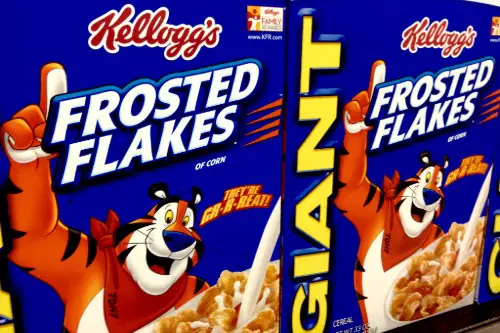
Kellogg’s cereal bowls have been part of childhood breakfasts, after-school snacks, and quick breakfasts for working parents—small rituals that create lasting brand memories. Characters, jingles, and collectible boxes made cereal an entertainment moment as well as a meal. Families grew up negotiating which box to buy and which morning to splurge on favorites, and those decisions often became nostalgic touchpoints. Kellogg’s therefore became more than food; it became part of the domestic soundtrack.
Beyond childhood appeal, Kellogg’s built trust through consistent product quality and a massive variety that fit different family needs. Whether parents wanted something quick, fortified, or fun, Kellogg’s usually had an option. That breadth helped the brand feel like it understood families and their changing priorities. As a result, many people still reach for a Kellogg’s box when they want a dependable breakfast solution.
10. Disney
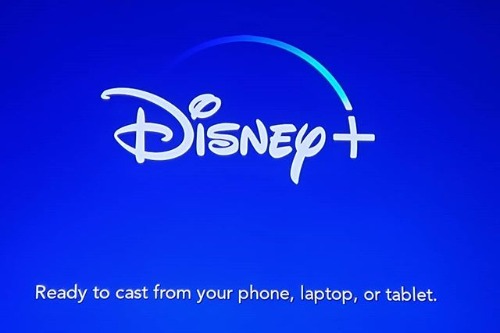
Disney grew into a family brand by creating stories and characters that parents and children could share across generations. From Saturday morning cartoons to theme park trips and holiday movies, Disney content became the backdrop for family bonding. The company’s emphasis on wholesome, family-oriented entertainment made it feel safe for parents to include in their home routines. Disney characters, songs, and traditions quickly migrated from screens to family rituals.
Trust in Disney rests on emotional consistency: parents who loved Disney as kids often feel comfortable introducing it to their own children. That continuity creates a cyclical trust where the brand becomes part of familial identity. Families plan vacations, birthdays, and movie nights around Disney offerings because they expect a certain kind of experience. For many households, Disney is the brand that signals shared stories and fond memories.
11. McDonald’s

McDonald’s earned a place in American family life by becoming a predictable, quick option for meals that felt treat-like for kids and convenient for busy parents. Drive-thrus, Happy Meals, and playgrounds made it an easy choice for family outings and simple solutions on hectic days. The brand’s standardized menu and widespread locations meant families could count on similar experiences across cities. That predictability turned McDonald’s into a common thread in family stories.
People trusted McDonald’s for consistency and accessibility more than culinary innovation. When you need fast, affordable food that kids will eat, McDonald’s has often been the go-to. The brand’s rituals—birthday parties, road trip stops, after-game treats—embed it in routine family moments. Those repeated small joys build a type of loyalty that feels familiar and dependable.
12. General Electric (GE)
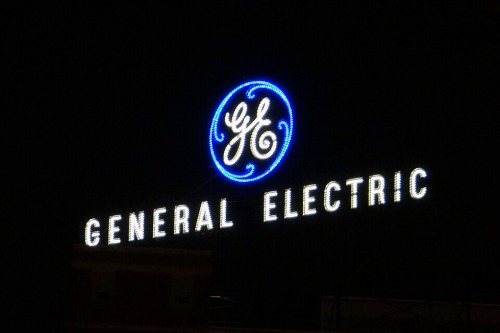
GE appliances—ovens, refrigerators, washers—have been the kind of durable, utilitarian purchases families expect to do once and rely on for years. Large appliances are high-trust decisions: families want performance, longevity, and serviceable parts, and GE positioned itself as a company that could deliver those needs. When a refrigerator or stove lasts a decade, it becomes part of household stability and memory. That durable presence made GE a brand families trusted to run their homes.
The company’s deep involvement in household infrastructure—beyond just appliances, into lighting and home systems—strengthened that reputation. Homeowners often judged reliability by how long an appliance functioned without drama, and GE frequently met that bar. That practical performance is a key reason the brand felt like a member of the household. For many, GE signaled sensible, long-term investment in home life.
13. Tide
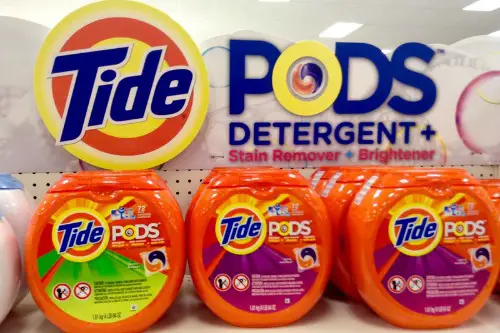
Tide changed how many American families thought about laundry—positioning itself as a solution for tough stains and reliable cleanliness, which matters a lot with kids and active lifestyles. Households that tried Tide often stuck with it because it handled the kinds of everyday messes families generate: grass stains, sauces, and the mystery spots from playtime. Clean clothes are a simple but recurring need, and a detergent that delivers builds trust quickly. Over time, Tide became the shorthand for dependable laundry care.
The brand’s focus on effectiveness and repeated marketing helped it become the default on laundry room shelves. Parents who needed a go-to product to handle stain emergencies learned to trust its performance. That repeated, practical success is the foundation of family-level brand loyalty. For many consumers, Tide feels like the laundry helper you rely on without a second thought.
14. Walgreens
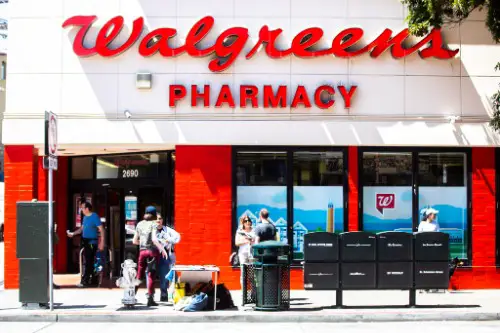
Walgreens became a neighborhood go-to where families pick up prescriptions, basic groceries, and last-minute supplies, which naturally builds familiarity and trust. Its pharmacy services and convenient locations turned it into the kind of place you expect to be there when you need something small and urgent. The store’s role in healthcare logistics—prescriptions, flu shots, and basic over-the-counter care—made it feel like part of a family’s healthcare routine. Many households developed local relationships with pharmacists and staff, deepening that sense of reliability.
Convenience and community presence are the practical reasons customers leaned on Walgreens in day-to-day life. When you can pop in and get a solution quickly, that store becomes woven into family habits. Over time, those small, successful interactions add up into loyalty that resembles familial trust. For a lot of people, Walgreens is the familiar, friendly stop that helps keep the household running.
This post 14 Household Brands Americans Trusted Like Family was first published on American Charm.


